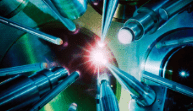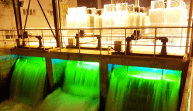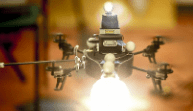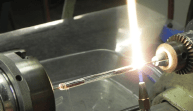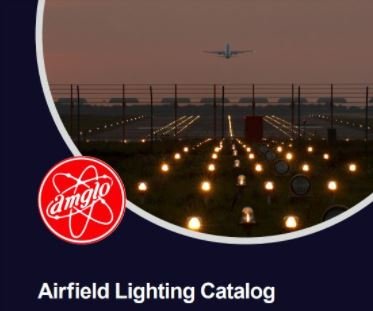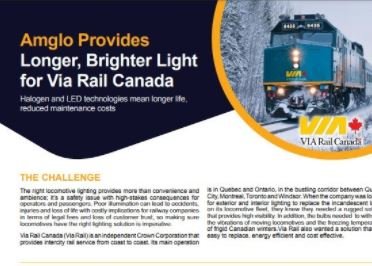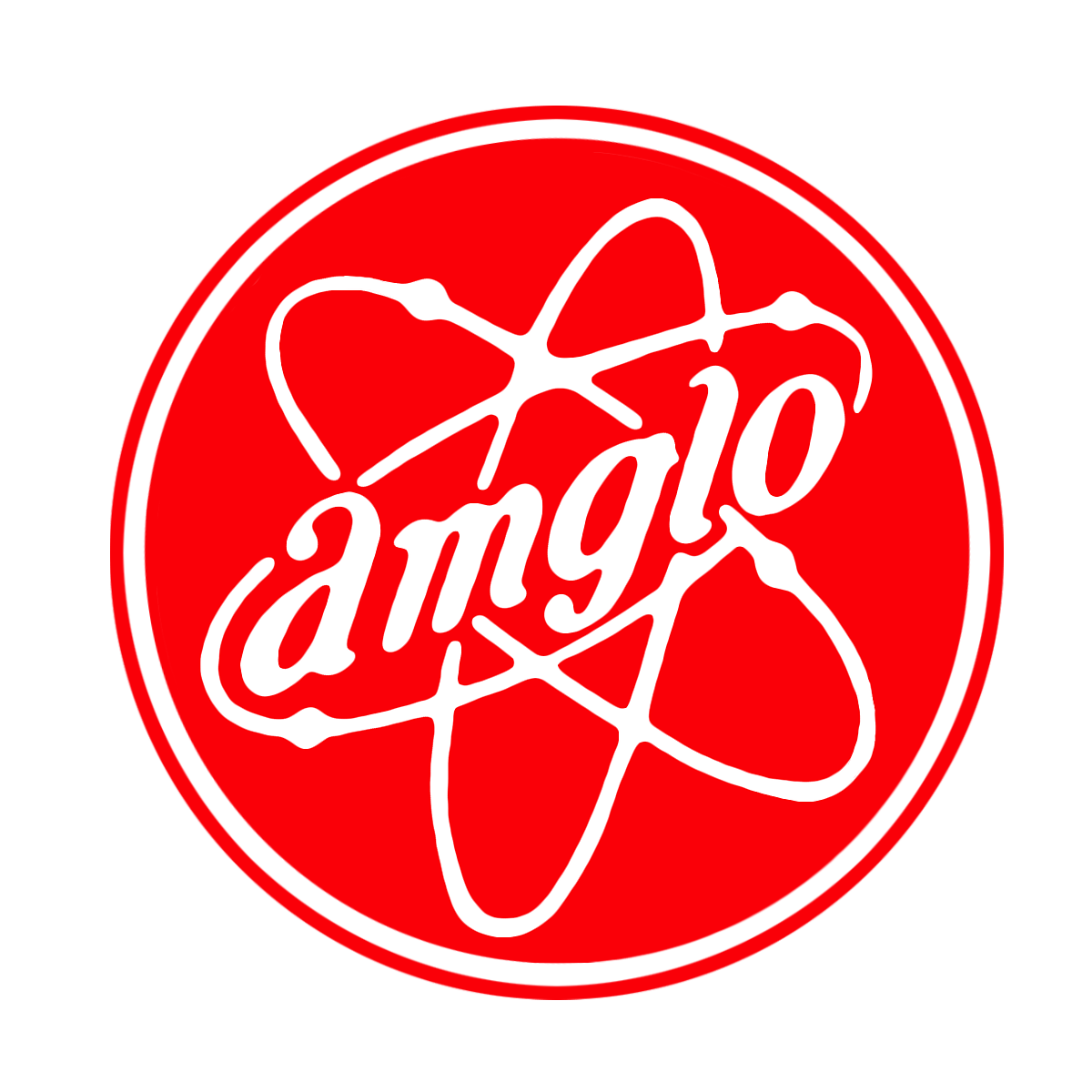- Home
-
LAMP TYPES
LAMP TYPES
- Unlimited Applications
- Complete Customization
XENON FLASHLAMPS
- High-Intensity
- Continuous Light
- Glass Tubes
HALOGEN LAMPS
- Parabolic Glass Reflector & Lens
- Precise Beam
INCANDESCENT LAMPS
- Wire Filament
- Enclosed Bulb
- Heats to Glow
LED LIGHTS
- Semiconductor Source
- Photon Energy & White Light
-
APPLICATIONS
LAMP APPLICATIONS
- OEM & End-User Solutions
- Consistent Lead Times
- Unparalleled Support
AIRCRAFT LAMPS
- Wing Tip
- Navigation
- Landing Gear
- Cargo/Baggage
- Tail Number
AIRFIELD / AIRPORT LAMPS
- Approach
- Taxiway
- Beacons
- MALSR/PAPI/VASI
- Obstruction
VEHICULAR LAMPS
- Law Enforcement
- Fire Department
- Medical Services
- Civil Services
OBSTRUCTION LAMPS
- Cell Phone Towers
- Monuments
- Smokestacks
- Bridges
- Buildings
TRAIN / RAILROAD LAMPS
- Headlight
- Step Light
- Number Light
- Engine Room
- Ditch Light
SCIENTIFIC LAMPS
- Laser Fusion
- Energy Fusion
- Spectrophotometers
- Lasers
INDUSTRIAL LAMPS
- Weathering
- Curing
- Food Processing
- Lasering
- Sterilization
COSMETIC TREATMENT LAMPS
- Hair & Tattoo Removal
- IPL
- Medical Imaging
- Acne/Skin Treatment
MEDICAL LAMPS
- Operating Table
- IR Heating
- Blood Analysis
- Sterilization
- UV Lamps
MACHINE VISION LAMPS
- Robotic Sorting
- Label Reading
- Package Integrity
- Quality Assurance
DISINFECTION LAMPS
- Food Industry
- Bio-Pharma
- Cosmetics
- Water Cleaning
CUSTOM SOLUTIONS LAMPS
- Quick Prototyping
- Customization
- In-house R&D Team
- Q.C. & Testing
- CAPABILITIES
- GALLERY
- Resources
- ABOUT
- CONTACT US










